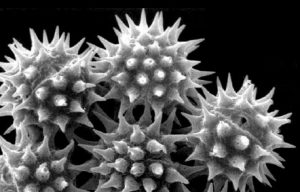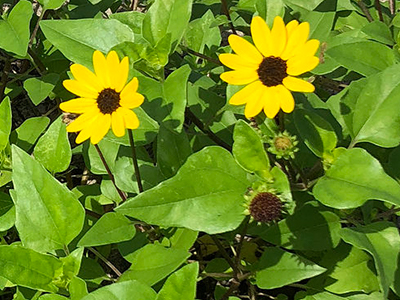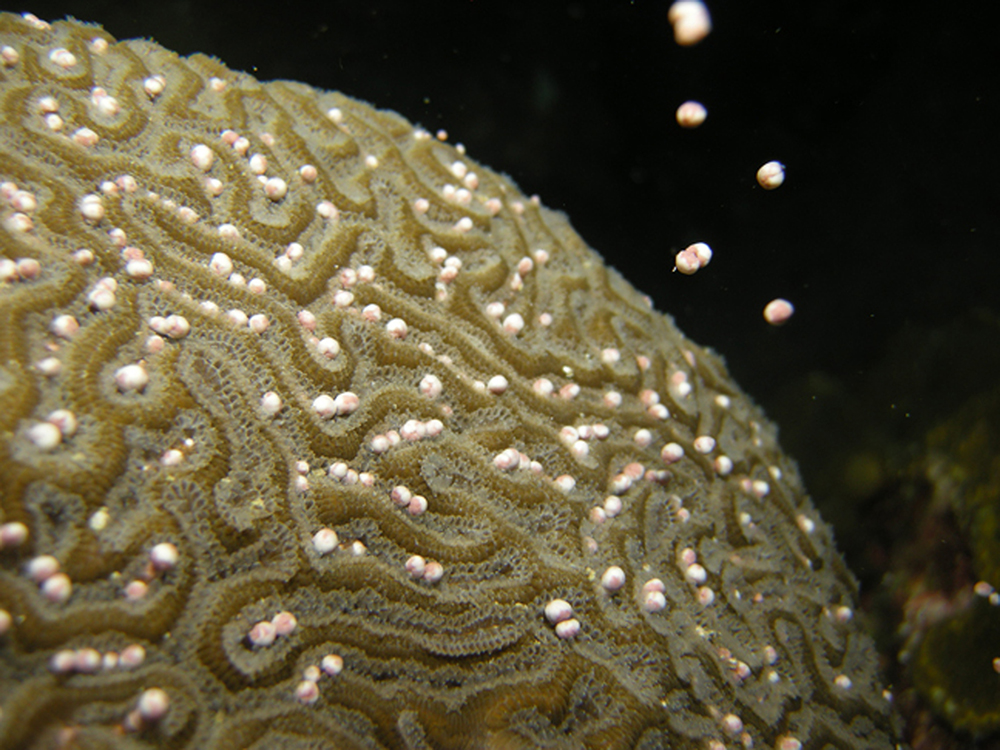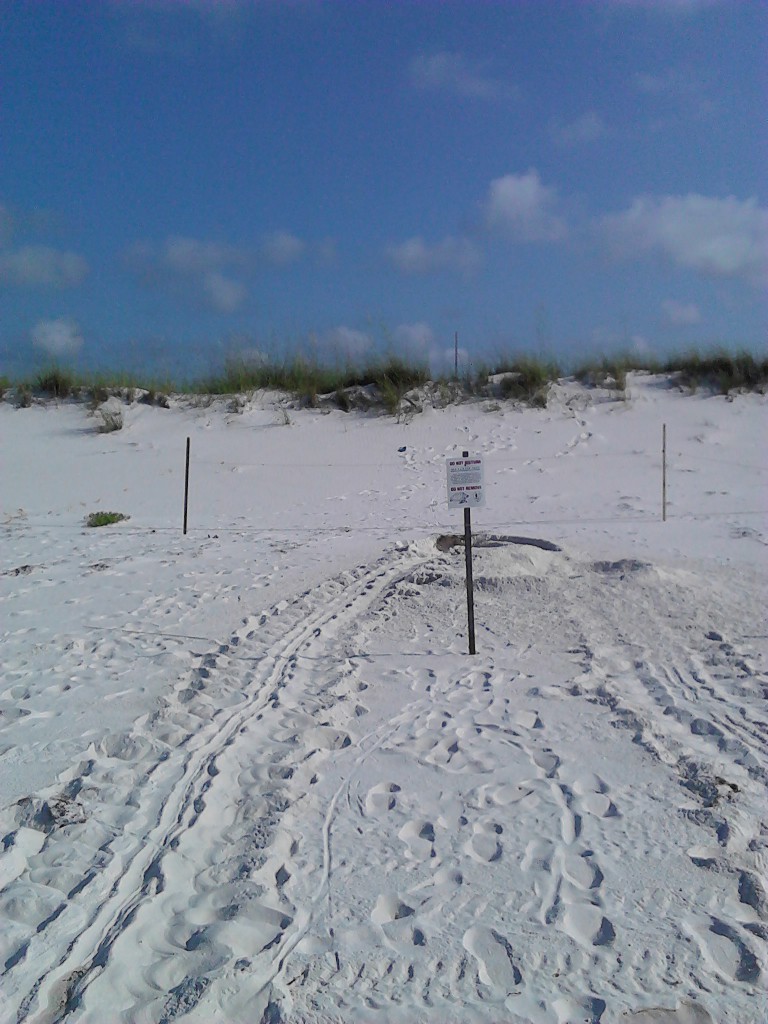It is March and spring is in the air. Since we were kids, we all knew that spring was the time of flowers, nests, and new birth. And now it is here.
Our first experience with the season was the pollen. Many plants mass broadcast pollen across the landscape. Pollen are the male gametes. The plants will use the high winds during the early part of season to spread the pollen as far as they can seeking the female eggs. It is true that 80-90% of these pollen grains do not find female eggs but rather they land on leaves, sand, fences, cars, and us. It seems like a huge waste, but fertilization does happen, and the next generation of these plants are born.

Other plants are more efficient at getting their pollen to the eggs. They produce flowers. These flowers house both the male pollen grains and the female eggs. To increase cross pollination the flowers produce a sugar substance called nectar that attracts pollinators. The most famous of these are the bees, but there are many other pollinators in the environment. You might be surprised to learn that the seagrasses growing in Santa Rosa Sound do the same. The flowers of these submerged grasses are very small, but they are there. Many flowering plants have not produced their blooms yet, but the wildflower season will begin soon.

Animals are similar. Many, like corals and scallops, mass spawn each season. Like pollen they broadcast their male and female gametes into the water in hopes that fertilization will occur. Like some plants, this mass broadcast often misses the mark but to increase the chance of fertilization something the environment triggers all members of the population to release at the same time. Often this is the occurrence of the full moon. Many times, it may be the female who is triggered by the environment and the males are triggered by the presence of the released female gametes.

Like some plants, many animals use a more efficient method of getting the gametes together. The males will seek out the females and provide them with sperm (the male gamete). Some animals, like some mollusk and crabs, the males provide their gametes in a sac which the female will carry until she is ready to fertilize her eggs. Others, like horseshoe crabs, will congregate in areas where the eggs are placed in the environment and the males fertilize them. Others, like many vertebrates, will congregate and fertilize the eggs internally.

In many of these examples there are long migrations to reach the congregation sites. Horseshoe crabs, shrimp, blue crabs, sturgeon, sea turtles, and many birds are examples of such creatures. There are several methods of navigating during these migrations. Some use the chemical cues, others will use the earth’s magnetic field, and some actually use the sun and stars as we did in our early history. Many of these annual migrations bring the creatures back to the same locations year after year. Many return to find their nesting environment altered by humans. Some who find this have learned to adapt and they nest on our houses or artificial nests we have provided for them. Others do not adapt so well, and their populations suffer because of it.

In my yard we have already experienced the pollen season, I am sure more is to come. The wildflowers in our yard have not bloomed yet but they are coming soon. The Extension Office promotes a program we call “NO MOW MARCH”. This program encourages homeowners not to mow their lawns during the month of March to allow the flowers in their yards to bloom. We see wildflowers growing along highways now and the pollinators are beginning to search for them. I have also noticed squirrels and birds search for nesting materials; the nest building season is here. Horseshoe crabs have already been spotted in Santa Rosa Sound, the shorebirds have arrived on the island, and the sea turtles are not far behind.
Tis the season… let’s enjoy it.
- Snake Watch 1st Quarter Report; 2024 - April 20, 2024
- Now is the Time to Search for Invasive Cogongrass - April 20, 2024
- Searching for Mangroves in the Florida Panhandle - April 6, 2024
